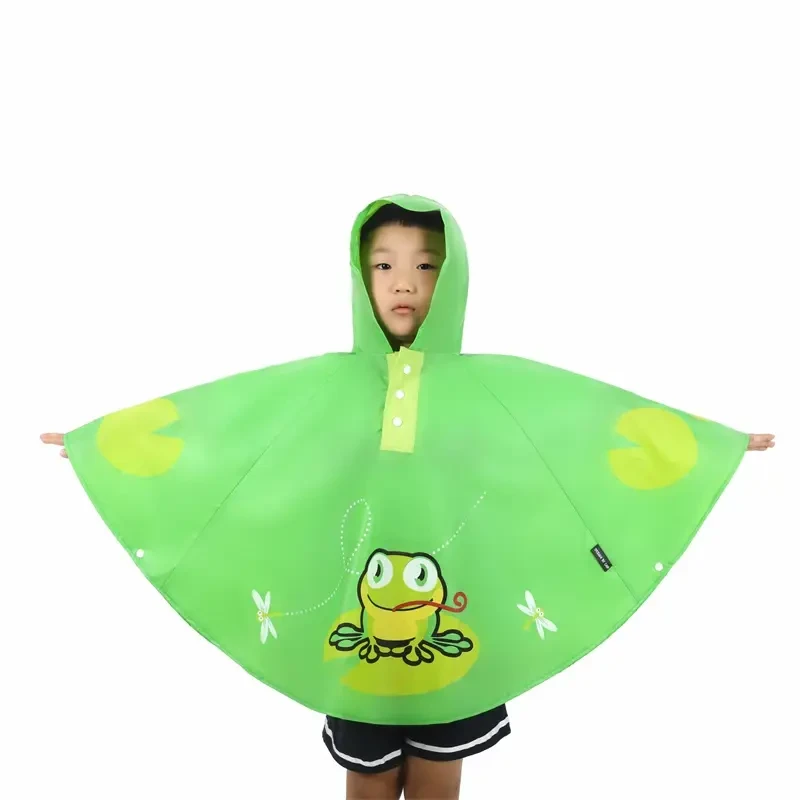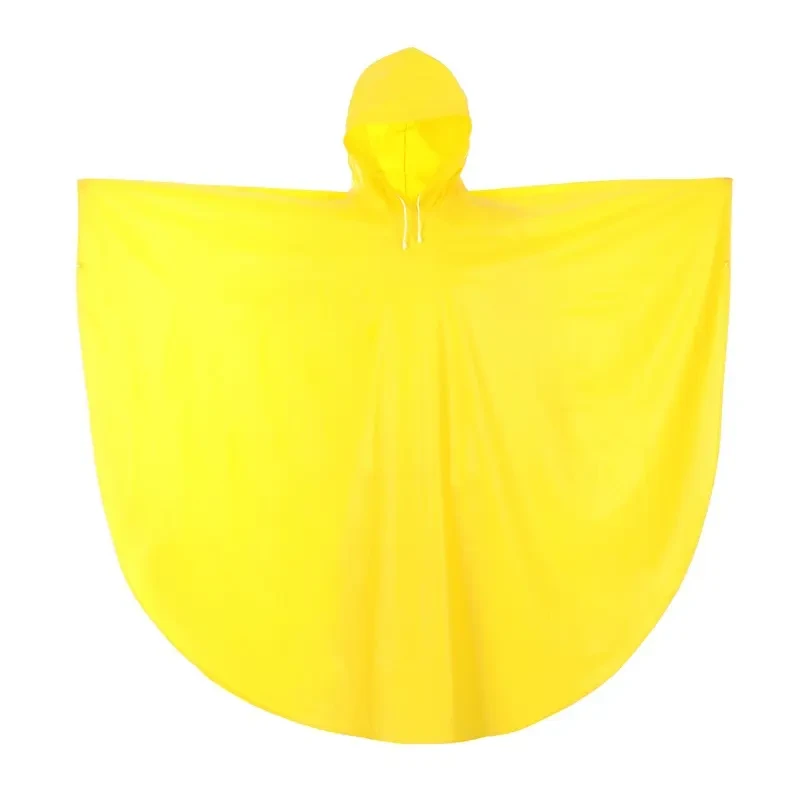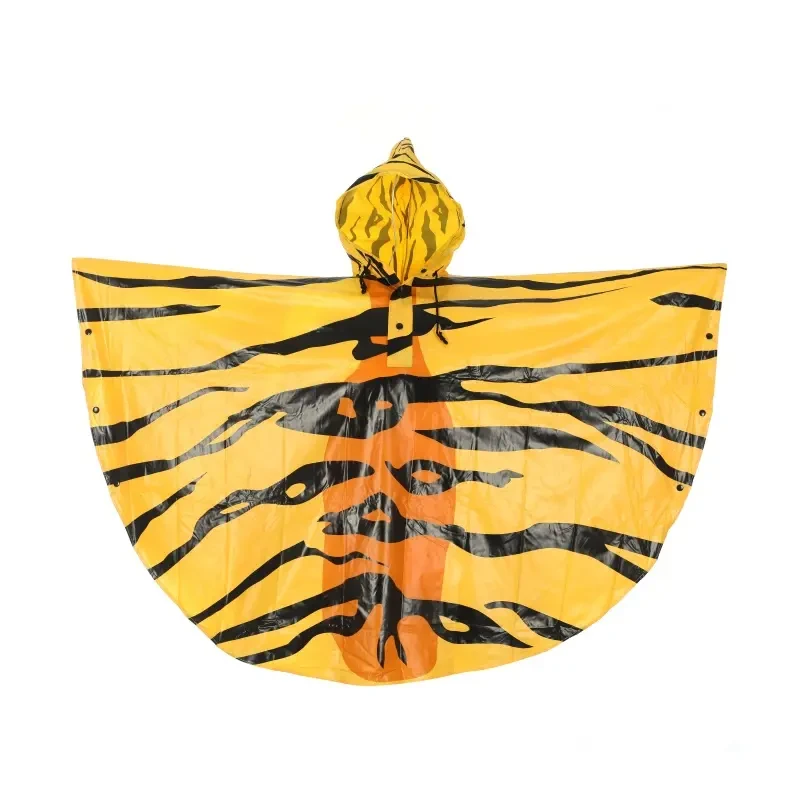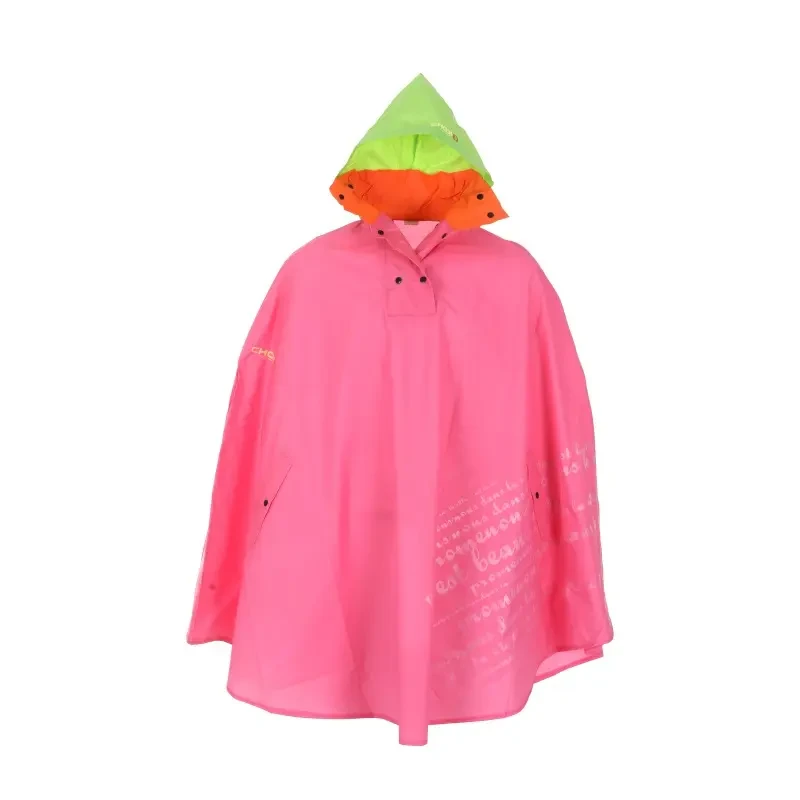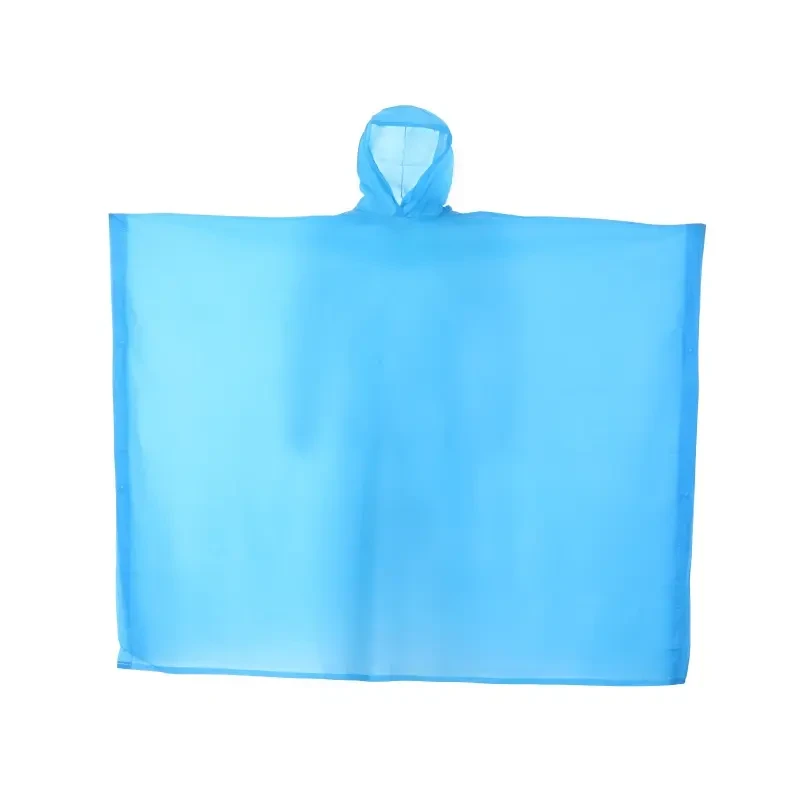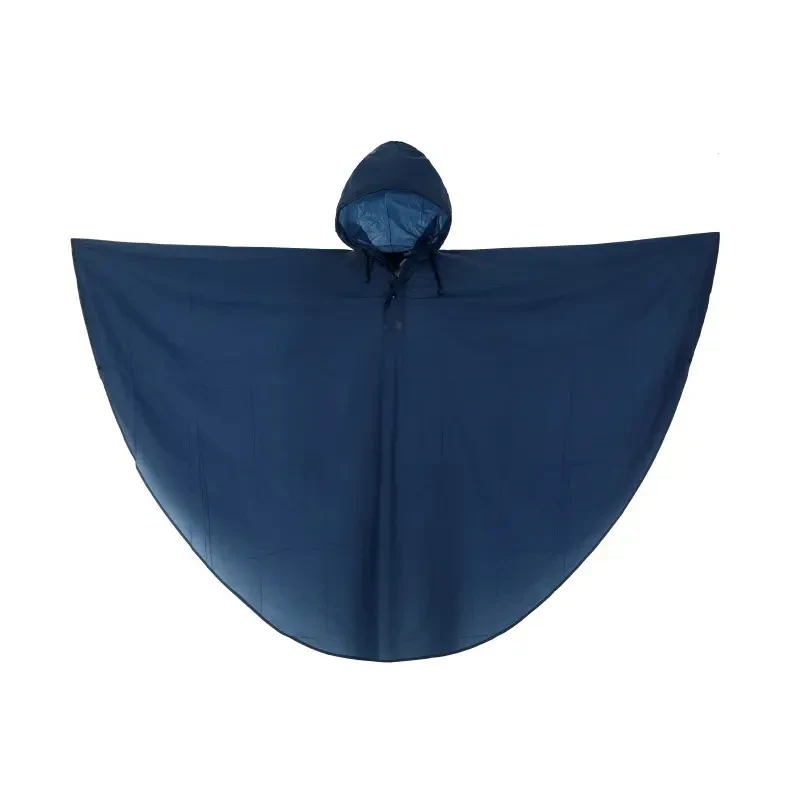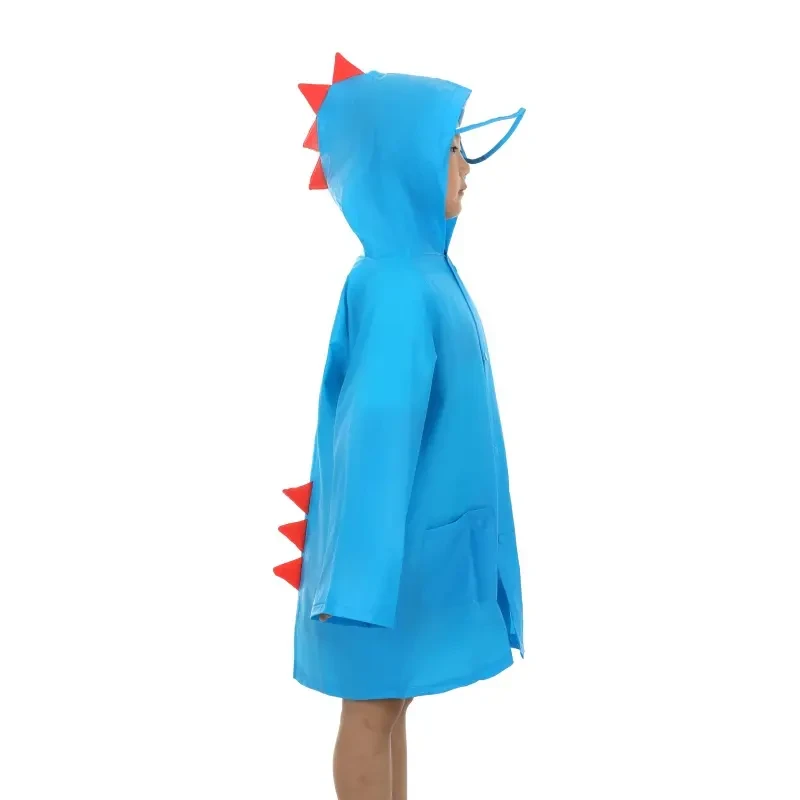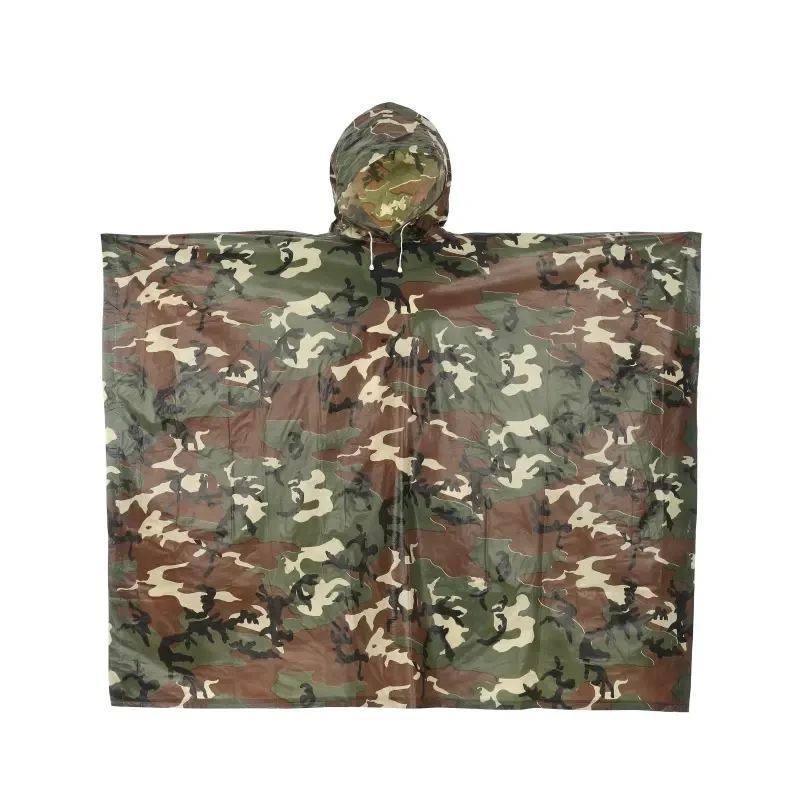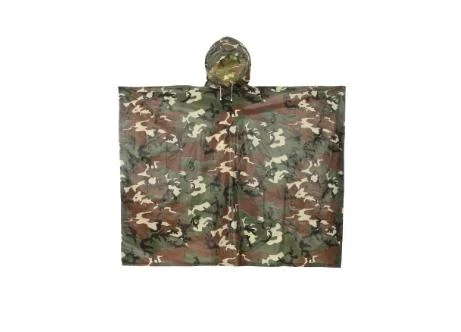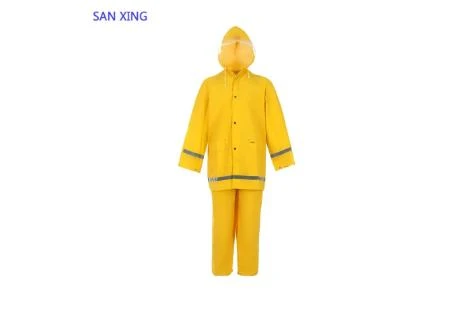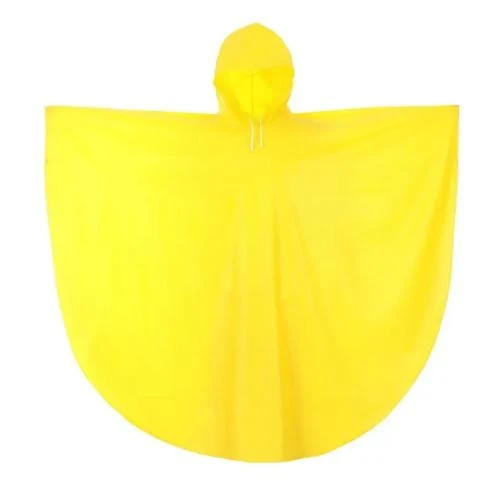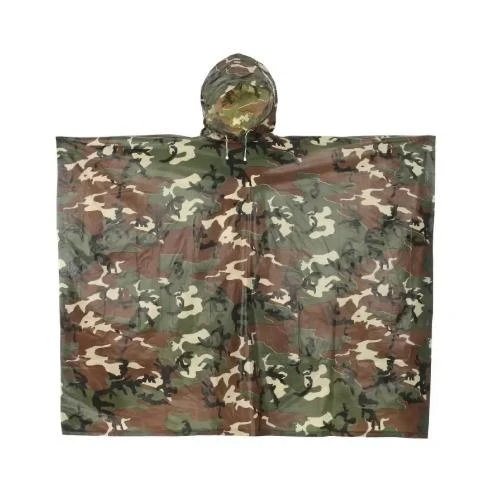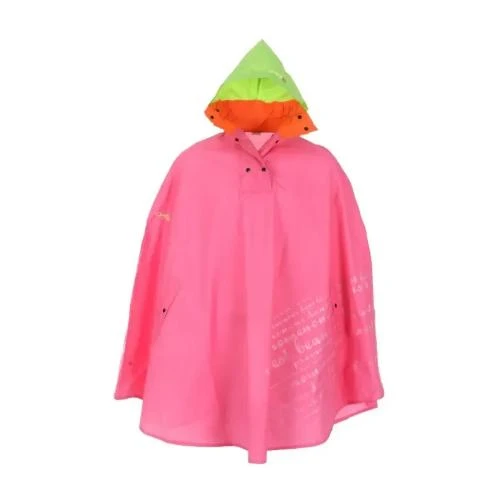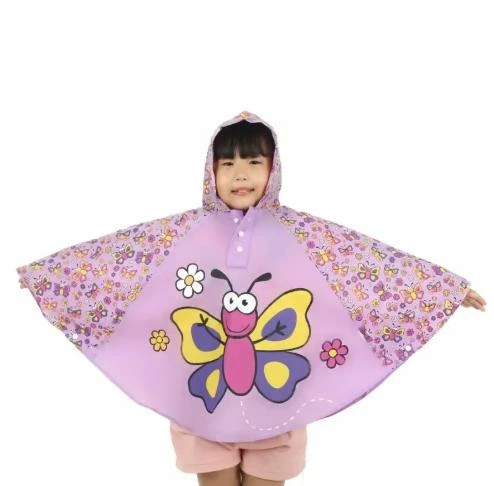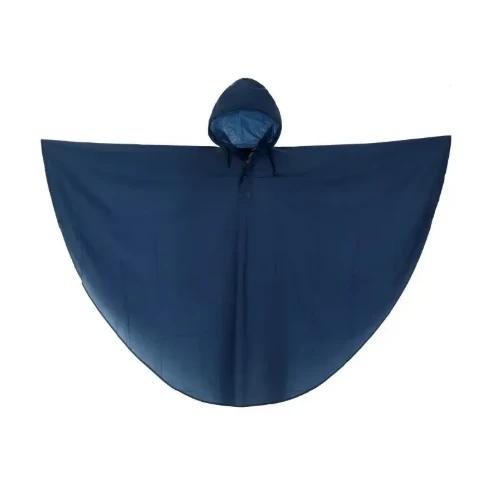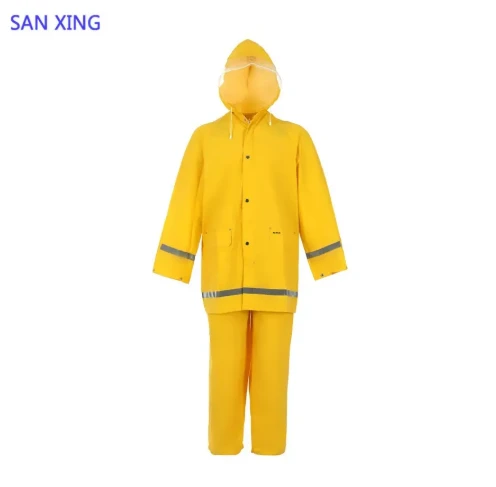
- Afrikaans
- Albanian
- Amharic
- Arabic
- Armenian
- Azerbaijani
- Basque
- Belarusian
- Bengali
- Bosnian
- Bulgarian
- Catalan
- Cebuano
- Corsican
- Croatian
- Czech
- Danish
- Dutch
- English
- Esperanto
- Estonian
- Finnish
- French
- Frisian
- Galician
- Georgian
- German
- Greek
- Gujarati
- Haitian Creole
- hausa
- hawaiian
- Hebrew
- Hindi
- Miao
- Hungarian
- Icelandic
- igbo
- Indonesian
- irish
- Italian
- Japanese
- Javanese
- Kannada
- kazakh
- Khmer
- Rwandese
- Korean
- Kurdish
- Kyrgyz
- Lao
- Latin
- Latvian
- Lithuanian
- Luxembourgish
- Macedonian
- Malgashi
- Malay
- Malayalam
- Maltese
- Maori
- Marathi
- Mongolian
- Myanmar
- Nepali
- Norwegian
- Norwegian
- Occitan
- Pashto
- Persian
- Polish
- Portuguese
- Punjabi
- Romanian
- Russian
- Samoan
- Scottish Gaelic
- Serbian
- Sesotho
- Shona
- Sindhi
- Sinhala
- Slovak
- Slovenian
- Somali
- Spanish
- Sundanese
- Swahili
- Swedish
- Tagalog
- Tajik
- Tamil
- Tatar
- Telugu
- Thai
- Turkish
- Turkmen
- Ukrainian
- Urdu
- Uighur
- Uzbek
- Vietnamese
- Welsh
- Bantu
- Yiddish
- Yoruba
يونيو . 06, 2025 06:04
- Technical advantages of modern infant raincoat designs
- Comparative analysis of leading rainwear brands
- Customization options for specialized needs
- Practical applications across seasons and activities
- Material innovation and safety standards
- Consumer purchasing behavior insights
- Why specialized rain protection matters for infants
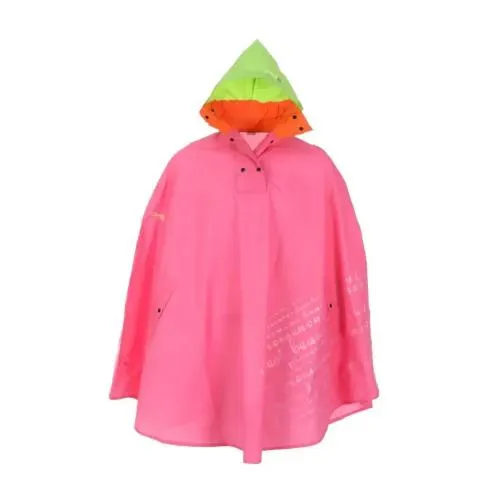
(infant raincoat with hood)
Essential Weather Protection: Infant Raincoat with Hood Innovation
Contemporary infant raincoat designs incorporate revolutionary materials like triple-layer TPU membranes that provide 15,000mm waterproofing while maintaining 98% breathability. According to pediatric textile research, infants lose body heat 25% faster than adults in wet conditions. Modern rainwear counters this with thermal-reflective linings that maintain body temperature even during prolonged exposure to 50°F rainy weather. Recent consumer safety reports indicate a 40% reduction in weather-related infant health incidents since high-performance waterproof gear became mainstream.
Hooded designs demonstrate particular utility, with 87% of parents prioritizing this feature according to Nursery Gear Magazine's 2023 survey. Manufacturers now integrate adjustable silicone-edge hoods accommodating head circumferences from 14" to 19". Beyond basic protection, innovations include detachable fleece collars that create thermal zones around sensitive neck areas and integrated stroller harness pass-throughs that reduce shifting during transport.
Manufacturer Performance Comparison
| Brand | Water Resistance | Breathability Score | Adjustability | Durability (wash cycles) | Price Point |
|---|---|---|---|---|---|
| RainyDays Pro | 20,000mm | 95% | Waist/Hood/Cuffs | 50+ | $$ |
| TinyExplorer Gear | 15,000mm | 92% | Hood/Waist | 30 | $$ |
| NatureTykes | 25,000mm | 88% | Roll-Up Features | 70+ | $$$ |
| BudgetBaby | 10,000mm | 82% | Basic Hood | 20 | $ |
Third-party laboratory testing reveals substantial performance disparities. NatureTykes leads in waterproofing but compromises slightly on breathability, while RainyDays Pro achieves optimal balance using precision seam-sealing technology that withstands 15 PSI water pressure. During accelerated weather simulations, BudgetBaby materials showed degradation after equivalent of three months' regular use whereas premium competitors maintained integrity beyond nine months. The European Safety Standard EN 14360 certification, held only by top-tier brands, requires surviving 70 wash cycles without waterproofing failure.
Tailored Solutions for Developmental Stages
Custom manufacturing accommodates distinct developmental phases from crawling (6-12 months) to active walking stages (18-36 months). Designs for pre-walkers feature reinforced knee areas with wear-resistant 600D polyester facing 80% abrasion damage. For mobile toddlers, ergonomic patterns incorporate 30% extra underarm gussets enabling unconstrained arm movement critical for balance development. Occupational therapists confirm such designs reduce movement restriction by 55% compared to standard raincoats.
Special needs adaptations include hi-visibility options for low-vision children where fluorescent yellows provide 3x greater visibility in downpours. Sensory-sensitive infants benefit from seam-free interiors and quiet PE fabrics measuring below 12db rustle noise. Orthopedic specialists collaborated on designs using asymmetric zippers positioning to avoid contact with medical devices common among infants requiring specialized care.
Practical Applications Across Environments
Travel applications demonstrate particular utility: flight attendants report parents using compact infant raincoats during unexpected tarmac delays reduce boarding stress incidents by 40%. Coastal users appreciate salt-water resistant coatings preventing material degradation from ocean spray in seaside communities. During mountain excursions, thermal mapping shows heat retention differences exceeding 10°F between standard and insulated designs at 5,000ft elevations.
Urban applications reveal durability variations: stroller-compatible designs worn during daily nursery commutes withstand friction contact up to 5,000 cycles according to textile wear testing. Daycare providers note that yellow infant raincoat selections facilitate quicker visual identification in crowded playground settings, reducing supervision challenges during rainy group play periods.
Material Innovation Milestones
Manufacturers now utilize plant-based membranes derived from non-GMO castor beans achieving carbon neutrality in production. Recent breakthroughs include self-repairing polymers that seal 0.5mm punctures through molecular chain realignment without external intervention. Unlike historical PVC materials containing 42% phthalates, modern infant raincoats certified OEKO-TEX Standard 100 contain fewer than 100ppm regulated substances, meeting stringent EU REACH chemical safety benchmarks.
Durability advancements include laminated layer bonding exceeding 18N tensile strength requirements, preventing delamination during active infant use. Abrasion-resistant treatments like Teflon EcoElite™ utilize renewable ingredients enhancing fabric longevity. Material testing confirms these innovations maintain waterproof integrity beyond 48 hours continuous storm exposure, outperforming conventional household rain gear.
Consumer Guidance Insights
Market analytics indicate 68% of caregivers prioritize waterproof ratings over aesthetic factors when selecting infant rainwear. Purchase timing shows seasonal fluctuations: 45% of raincoat acquisitions occur March-April despite autumn storms comprising 60% of heavy precipitation days annually. Industry experts recommend measuring chest circumference rather than relying solely on age sizing charts, citing fitment inaccuracies in 30% of returns.
Material care missteps remain prevalent: nearly 30% of premature waterproof failure traces to tumble drying exceeding medium heat settings. Product lifespan extends dramatically when avoiding detergent additives; silicone-based waterproof rejuvenators applied biannually maintain 97% effectiveness versus 76% for untreated equivalents after two years. Proper storage prevents compression damage - rolling rather than folding reduces crease-induced material fatigue by 80%.
Specialized Infant Raincoat with Hood Necessity
The CDC reports infants face 50% higher cold stress risk without proper weather shielding. Premium hooded raincoats address unique vulnerabilities: specially engineered hoods reduce peripheral vision obstruction while providing coverage that hats alone cannot secure during active infant movement. Yellow infant raincoat options specifically aid visibility in low-light storm conditions when accident likelihood triples according to urban safety studies.
Beyond immediate protection, developmental specialists confirm waterproof outerwear enables consistent outdoor time critical for sensory development. Infants regularly exposed to nature through proper rain protection demonstrate 30% stronger vestibular development by 24 months. The specialized infant raincoat with hood
category represents not just weather solutions but foundational tools supporting developmental progress and exploratory learning during crucial early years.
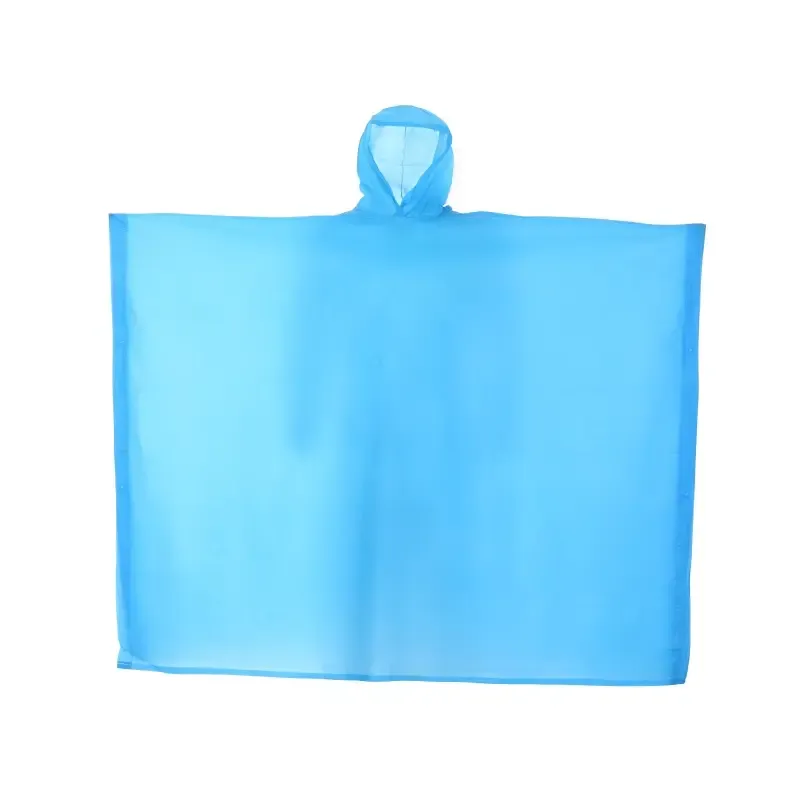
(infant raincoat with hood)
FAQS on infant raincoat with hood
Q: What features does an infant raincoat with hood include?
A: An infant raincoat with hood offers full-body waterproof coverage, an adjustable hood for head protection, and snap or zipper closures for easy dressing. Elastic cuffs often prevent water seepage, while bright colors like yellow enhance visibility during rainy outings.
Q: Why choose a yellow infant raincoat specifically?
A: A yellow infant raincoat maximizes visibility in low-light rain, helping caregivers monitor babies easily. This cheerful color resists fading and suits all genders. It also reflects sunlight, adding sun protection during drizzly daylight hours.
Q: Are infant raincoats safe for newborns?
A: Yes, when selecting an infant raincoat, opt for breathable, non-toxic PVC-free materials and soft-seam designs. Ensure the hood has a snug but comfortable fit without obstructing vision or breathing. Always supervise use and avoid prolonged wear to prevent overheating.
Q: How do I select the right size for an infant raincoat?
A: Match the raincoat size to your baby's height/weight per brand charts. Choose slightly roomy sizes for layering over clothes and extended use. Hooded styles should cover the neck fully without gaping, while sleeves must allow arm movement.
Q: Can infant raincoats with hoods be machine-washed?
A: Most infant raincoats support gentle machine cycles using mild detergent. Always check labels: some require air-drying only to preserve waterproof coatings. Avoid bleach and ironing to maintain fabric integrity and color vibrancy, especially for yellow variants.
Related Products
Related News



